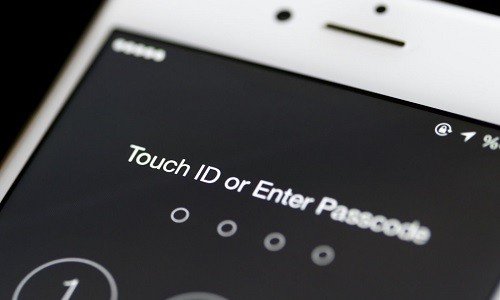At the centre of this story lies an iPhone. Not just any old iPhone, but the one used by the San Bernardino killer, Syed Farook.
Two giants go head to head: on the one side is Apple, the company responsible for producing the smartphone, on the other is the FBI, which the American department of Justice has put in charge of investigating the attacker.
Is it right to allow the FBI to access the information contained in the killer’s phone – information that is considered paramount to the investigation?
This is the story of the tug of war between the United-States and the quasi mythological Cupertino company that ended with the FBI accessing the contents of Farook’s iPhone.
But the questions raised by this investigation remain unanswered: what are the confines of civil liberties? What means does the state have to guarantee collective security and what are the limits of our right to privacy?
Cybersecurity
The Web is structured like a close-knit weft of data and relations and so captures traces, evidence and information that can reveal hidden identities, reconstruct movements and reveal illegal dealings. This is the land of the Web that extends beyond the confines that we all know and in which we are used to move with ease. This is the land navigated by secret services and terrorists, hackers and traffickers, investigators and organised crime. A journey into the depths of the Web, that stretches from the crime novel to cyberwar.

Get in touch